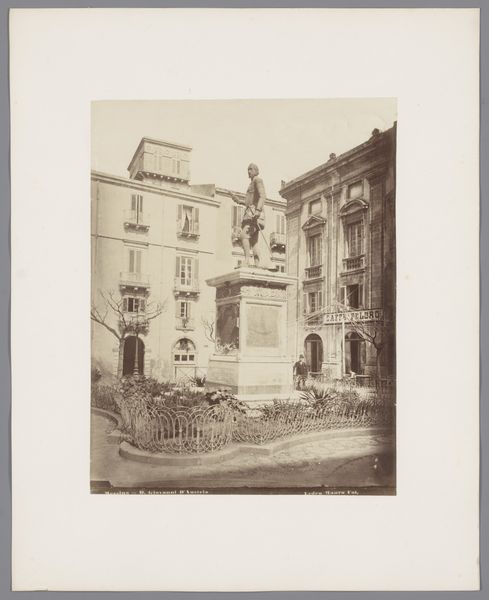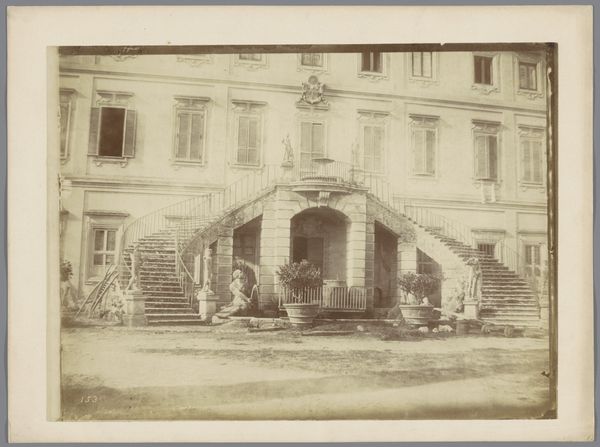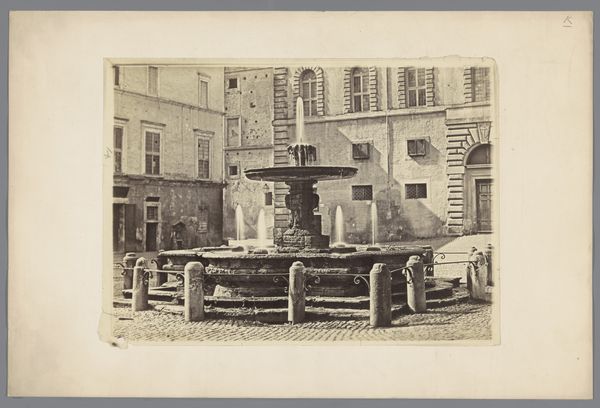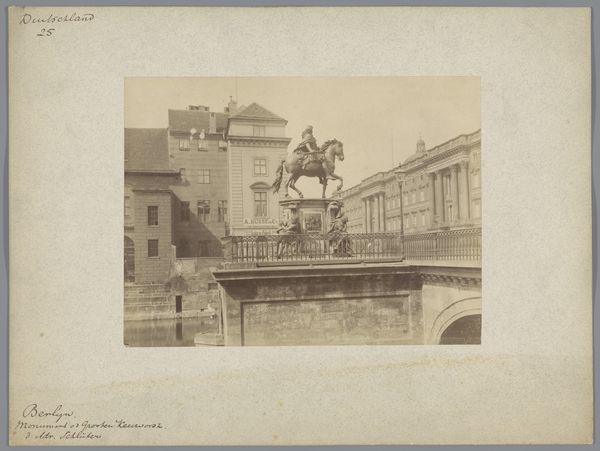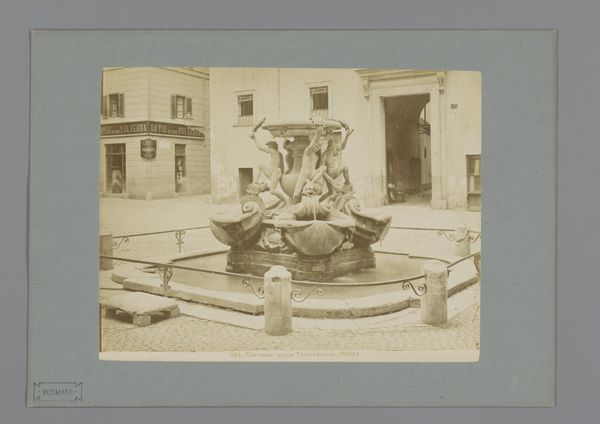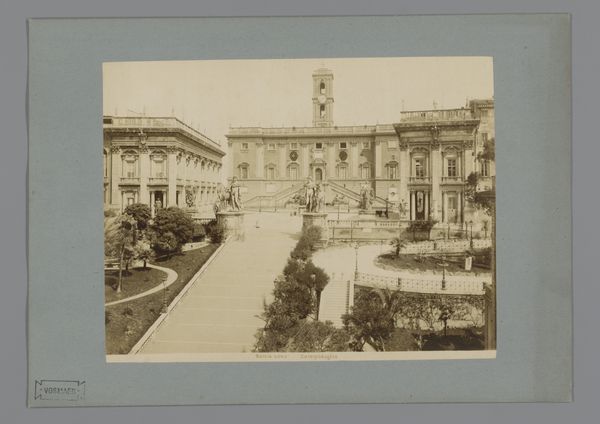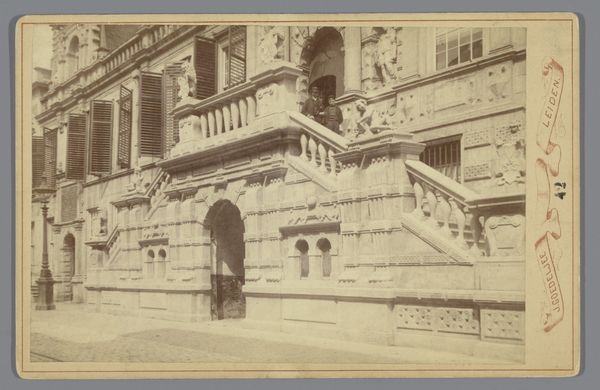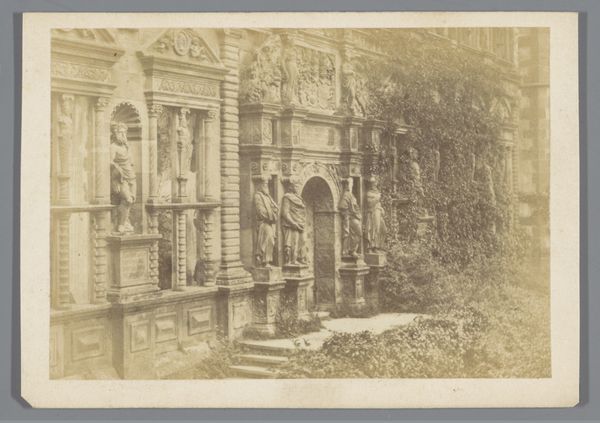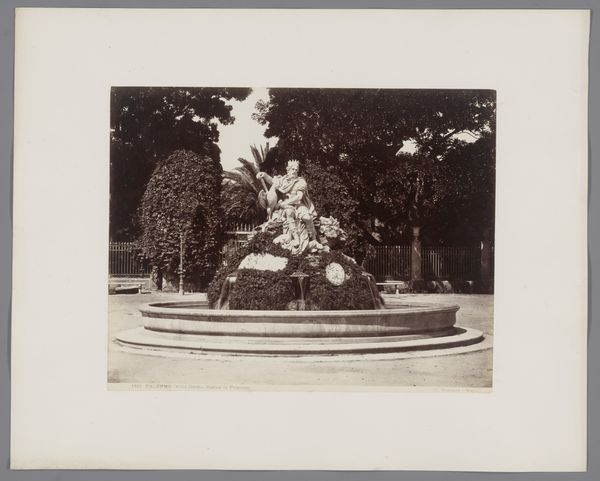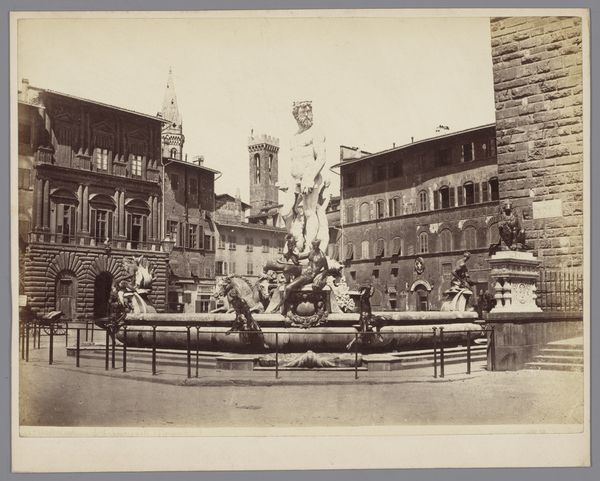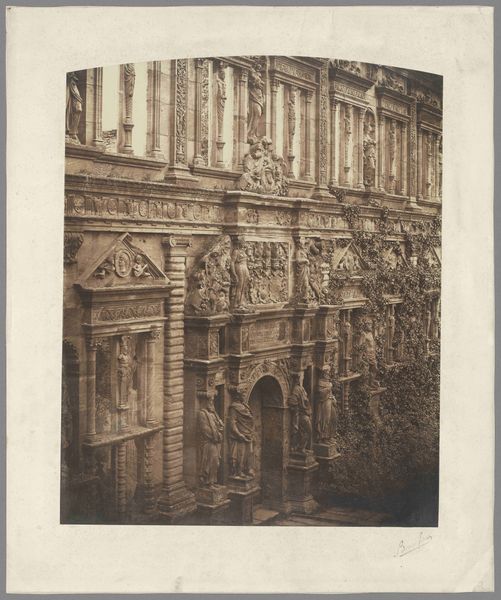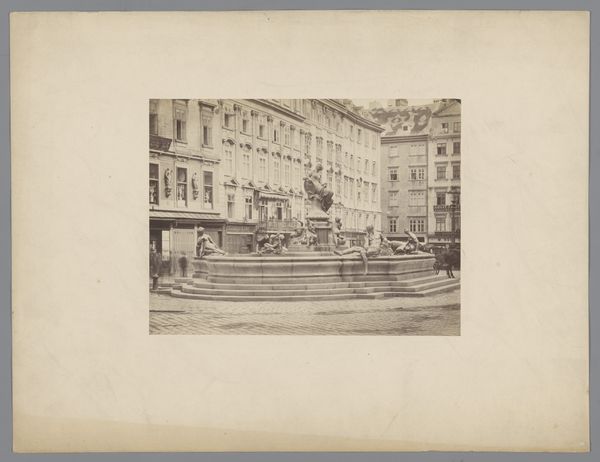
photography, gelatin-silver-print
#
16_19th-century
#
neoclassicism
#
landscape
#
photography
#
ancient-mediterranean
#
gelatin-silver-print
#
cityscape
#
italian-renaissance
#
realism
Dimensions: height 244 mm, width 329 mm
Copyright: Rijks Museum: Open Domain
Curator: I find myself drawn into this gelatin-silver print titled "Fountain on the Piazza Navona in Rome, Italy," dating from around 1851 to 1900. Editor: It strikes me as an incredibly austere image for such a bustling location. The muted tones and wide framing make it feel almost documentary. Curator: The photograph captures the square's Neoclassical elements. Fountains, particularly, are often symbolic representations of purification and life. Note the Renaissance influence on the figures. It pulls heavily from those art movements of antiquity and the rebirth of classical ideals. What might those traditions mean when placed within this particular, slightly later historical context? Editor: Well, thinking about it from a material perspective, gelatin-silver prints allowed for mass reproduction of imagery. Photography democratized image-making and its consumption. What was once reserved for the elite, through painted portraiture, now became more readily available. It makes one wonder about who could own this image and how that shifts the perception of Rome. Curator: Interesting! I also see, or I believe I see, visual echoes of religious imagery in the placement and posing of the central sculptural group above the fountain itself. Doesn't this call to mind similar iconographic arrangements of the Virgin or God, in classical or renaissance painting? Editor: Perhaps. I find it hard to overlook how the technical elements of early photography – the exposure, the processing – influenced the final product, down to how we engage with this image. The way the water seems to obscure, almost vaporize into the scene... It highlights how material conditions become their own aesthetic expression. Curator: That’s very insightful. The visual language of the Italian Renaissance is very much built from earlier structures that remain embedded even if only sensed rather than readily evident, while you address the tangible qualities and their societal implication that shift these conventions. It's amazing how both play a role in our own subjective response. Editor: Indeed. The convergence of labor, technical limitations, and this particular historical moment. Ultimately, they give a feeling to this rendition of Rome’s Piazza Navona.
Comments
No comments
Be the first to comment and join the conversation on the ultimate creative platform.
